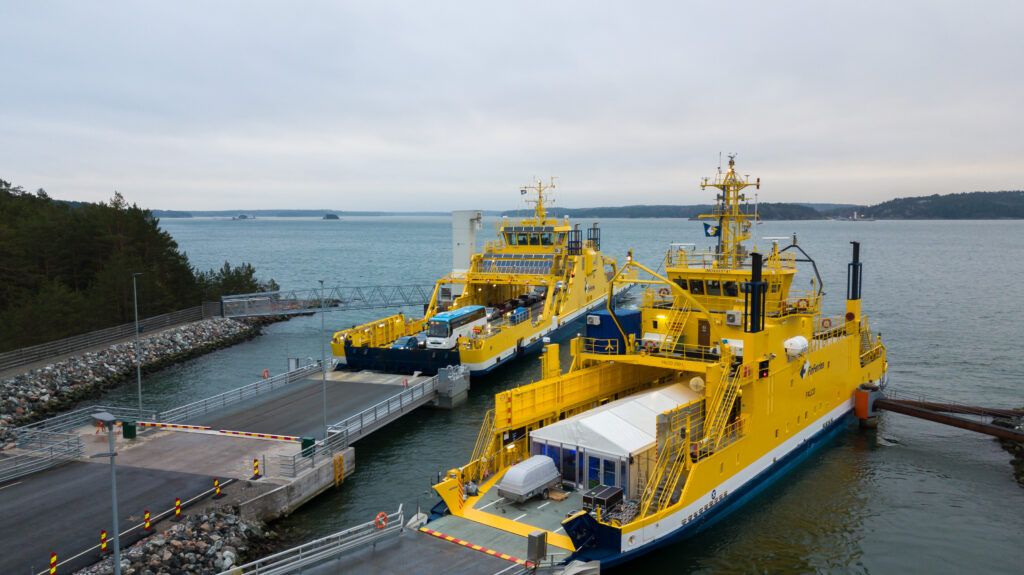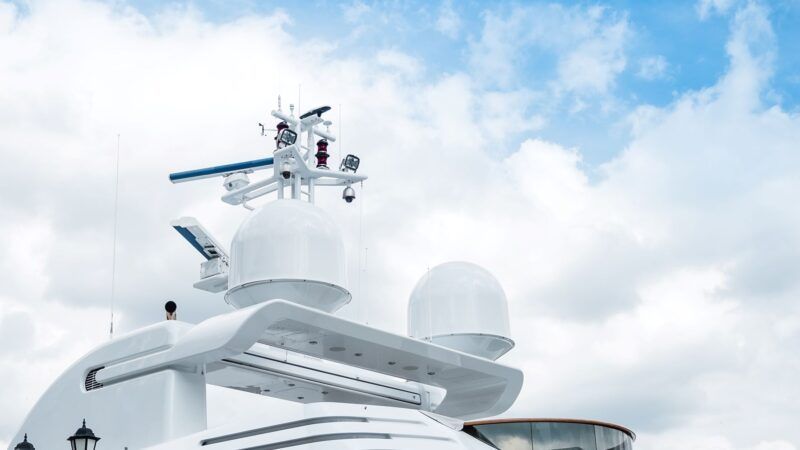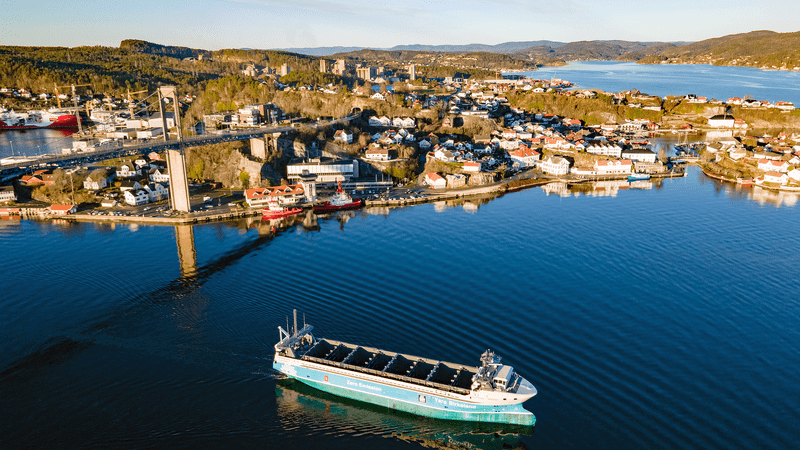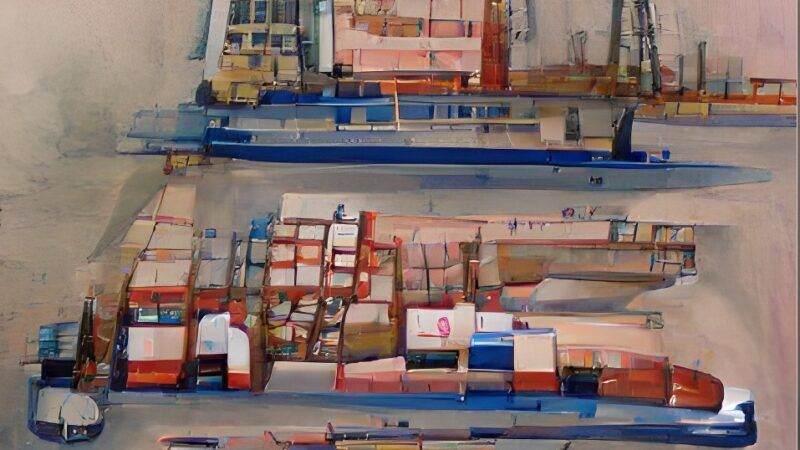In southwestern Finland, the port of the coastal city of Turku serves as a gateway to the Baltic Sea and as a connection point to many other nearby towns. There, the Rolls-Royce company and the operator Finferries tested the world's first fully autonomous ferry in 2018.
Since then, the technology that shapes these vessels has continued to advance. “Today there are numerous prototypes capable of navigating completely autonomously, although their use is limited for the moment to areas defined for testing. The reason is that the technology exists, but everything else needs to be adapted,” explains Raúl Villa Caro, secretary of the Exponav Foundation and associate professor in the Department of Naval and Industrial Engineering at the University of A Coruña (UDC).
First, for the implementation of autonomous ships to be a reality, it is necessary to adapt the legislation. “The International Maritime Organization (IMO) began in 2017 an exploratory study of all the regulations that could be affected by this new form of navigation. It ended in May 2021 and now it's time for the most complicated step: finding a way to modify it to ensure that autonomous boats can coexist with the crew in a safe and sustainable way,” explains Villa.
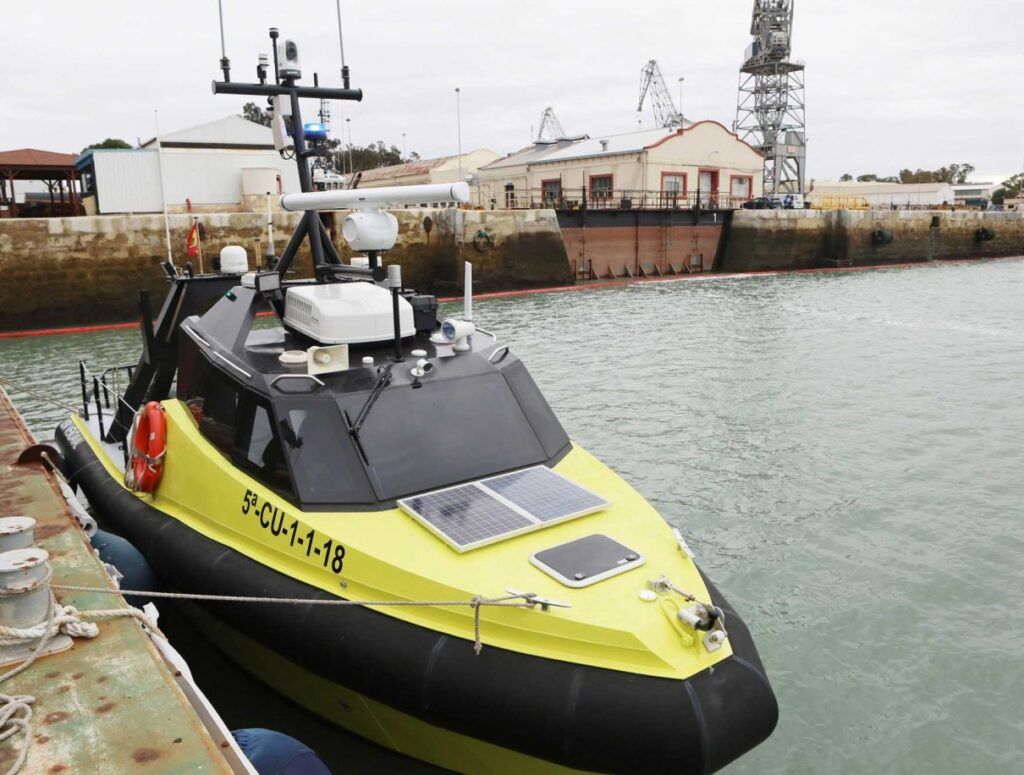
Autonomy, AI and new mooring systems
The first conclusion of the study carried out by the IMO was that, in order to organize a world in which ships do not require a crew, it is necessary to define what an autonomous ship is. Currently, a MASS (Marine Autonomous Surface Ship) is considered any surface ship capable of navigating thanks to artificial intelligence programs and without the need for human interaction.
Depending on their degree of autonomy, the International Maritime Organization (IMO) divides them into four main categories:
- Ships with automated processes and decision support: although some processes are automated, it is necessary to have a crew on board to take control if a problem arises.
- Vessels controlled remotely, but with reduced crew on board: the vessels are controlled from a station on land, but have personnel to solve possible breakdowns.
- Remotely controlled vessels with no crew on board: vessels are only controlled remotely, from a shore station.
- Fully autonomous ships: ships have an operating system capable of making its own decisions at all times.
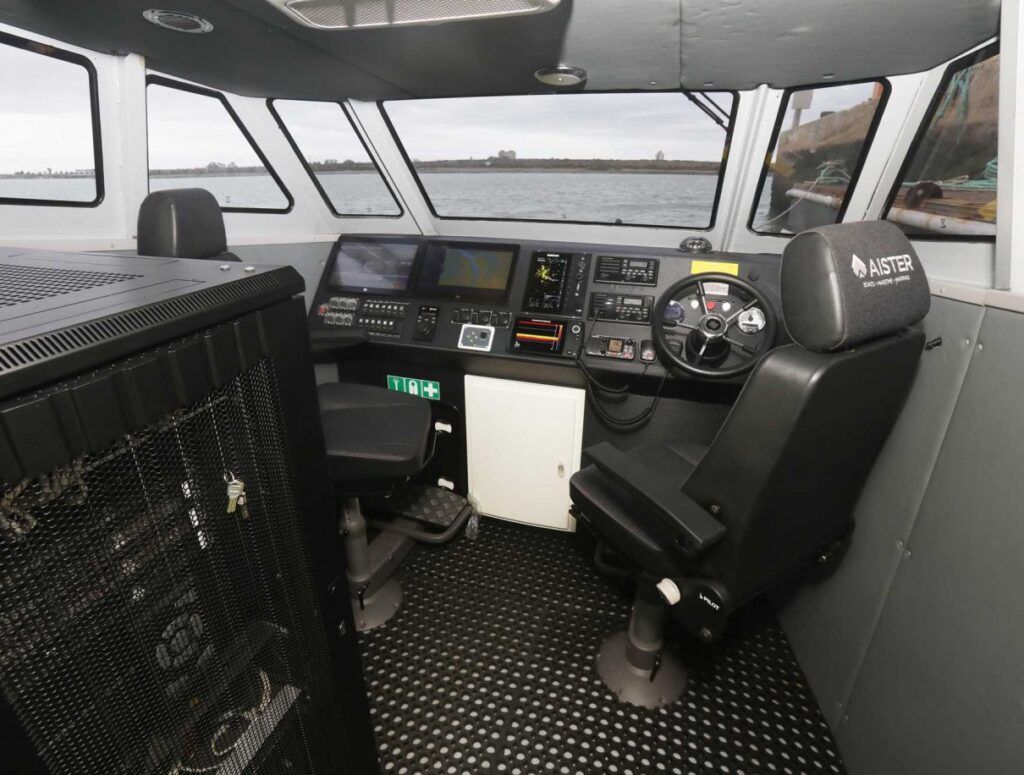
According to the professor of the UDC, the need to modify almost all the existing legislation is one of the greatest challenges in getting autonomous ships to sail seas and oceans alongside traditional ships. This legislation is necessary to guarantee its safety, its efficiency and its maintenance, among other factors.
Having these unmanned vessels also means adapting their starting and finishing points: ports and docks. "The vast majority of vessels dock with rope systems, in operations that cannot be carried out without a crew on board," explains Villa. "For this reason, in order for ports and docks to receive autonomous ships, it is necessary to equip them with automatic docking systems."
Today there are some vacuum or magnetic mechanisms. CAVOTEC, for example, has developed the MoorMaster solution, based on suction cups that adhere to any flat surface and guarantee the mooring of ships of different sizes in just 30 seconds. This way they reduce not only the docking time, but also the energy consumption and emissions of the tugboats and thrusters of the vessels.
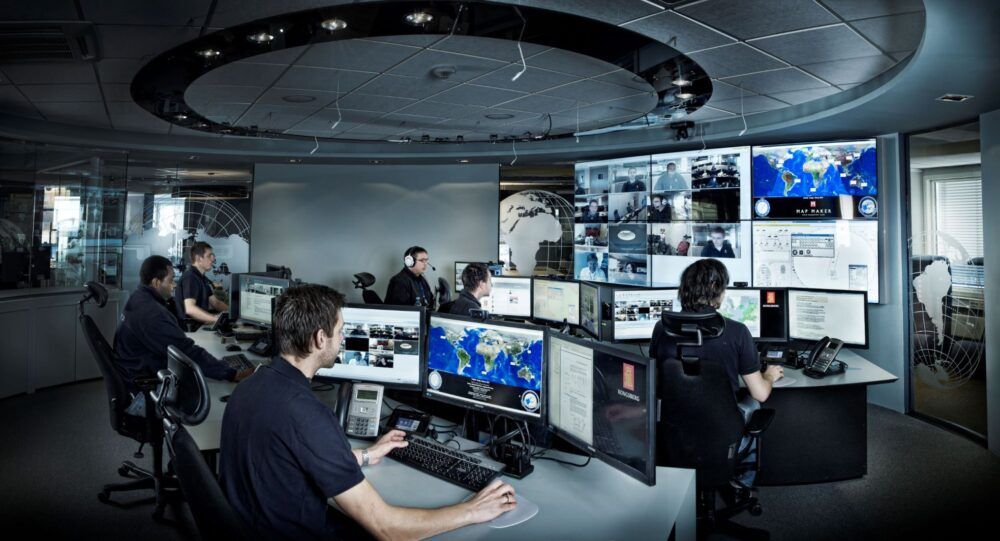 The technology that allows ships to move autonomously is now a reality. However, it is necessary to ensure the reliability of their systems and amend the legislation. (KONGSBERG)
The technology that allows ships to move autonomously is now a reality. However, it is necessary to ensure the reliability of their systems and amend the legislation. (KONGSBERG)
 The technology that allows ships to move autonomously is now a reality. However, it is necessary to ensure the reliability of their systems and amend the legislation. (KONGSBERG)
The technology that allows ships to move autonomously is now a reality. However, it is necessary to ensure the reliability of their systems and amend the legislation. (KONGSBERG)





